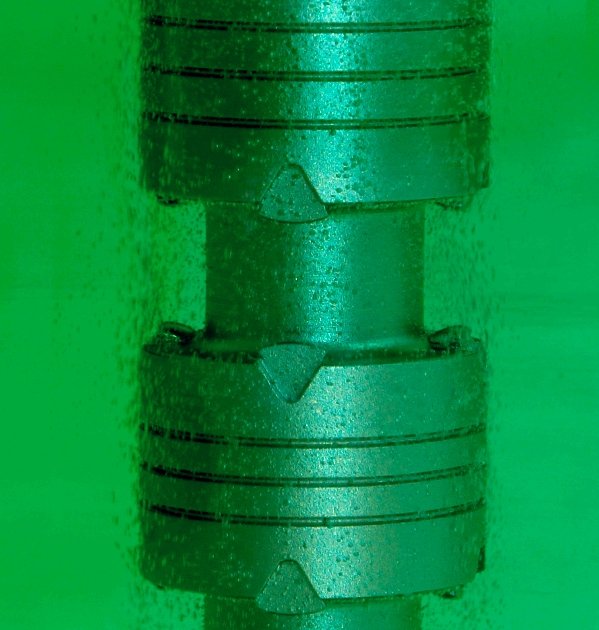Introduction
What is Electroless Nickel Plating

Electroless nickel plating (Electroless Nickel Plating, EN) is a metal coating process used primarily for functional applications, where thickness uniformity, dimensional control, and repeatable surface performance are required. It is particularly suitable for precision engineering components, including those with complex geometries or internal surfaces that are difficult to coat with other processes.
Unlike decorative treatments, electroless nickel plating is selected when the coating becomes an integral part of the component’s function, affecting in-service behavior in terms of corrosion resistance, wear, friction, and long-term stability.
What electroless nickel plating is
Electroless nickel plating consists of depositing a nickel–phosphorus alloy (Ni–P) onto the surface of a metal component, without the use of electric current. The part is immersed in an aqueous solution containing nickel ions and a reducing agent (generally hypophosphite), which triggers an autocatalytic metal deposition reaction.
The absence of electric current means that the coating growth rate is far less influenced by part geometry than in electroplating processes. This makes it possible to obtain a layer with extremely uniform thickness over the entire surface, including cavities, holes, channels, and internal surfaces.
The resulting coating has a structure that can be amorphous or microcrystalline depending on the phosphorus content and any subsequent heat treatments, which determine the main properties of the process.
Why it differs from electroplated coatings
In electrodeposited coatings, such as electrolytic nickel plating or chrome plating, thickness distribution is strongly influenced by the electric field. This often leads to preferential growth on edges and more exposed areas—the so-called edge effect—resulting in thickness variability and the need for masking or rework.
Electroless nickel plating stands out because:
- thickness grows much more uniformly, regardless of part shape;
- it is possible to effectively coat internal surfaces and complex geometries;
- greater uniformity enables better dimensional control and higher process repeatability.
For these reasons, electroless nickel plating is often used as a functional alternative to electroplated coatings or traditional surface treatments, especially when geometric precision is a critical requirement.
Implications for design and quality
From a design and quality standpoint, electroless nickel plating cannot be considered a simple “downstream” coating. The deposited layer changes the component dimensions and largely determines its surface performance.
Factors such as:
- the base material and its metallurgical quality,
- the surface condition prior to treatment,
- the required thickness,
- any post-deposition heat treatment,
have a direct impact on the final result and on the part’s conformity in service.
An incomplete or ambiguous specification can lead to inadequate performance, dimensional issues, or acceptance difficulties. For this reason, electroless nickel plating must be defined clearly and consistently already at the design stage, using regulatory references and shared technical criteria.
How to approach selecting the treatment
In the following sections of the guide, the main elements useful for correctly defining the treatment are discussed in depth:
- the designation according to ISO 4527, to unambiguously describe coating, thickness, and heat treatments;
- selecting the coating thickness based on the required performance and dimensional tolerances;
- the role of heat treatments for de-embrittlement (dehydrogenation) or hardening;
- the differences among the various NIPLATE® coatings, depending on phosphorus content and the required properties.
Electroless nickel plating is therefore a technology that requires awareness and method: if properly understood and specified, it makes it possible to obtain reliable, repeatable, high-performance surfaces even in the most demanding applications.

